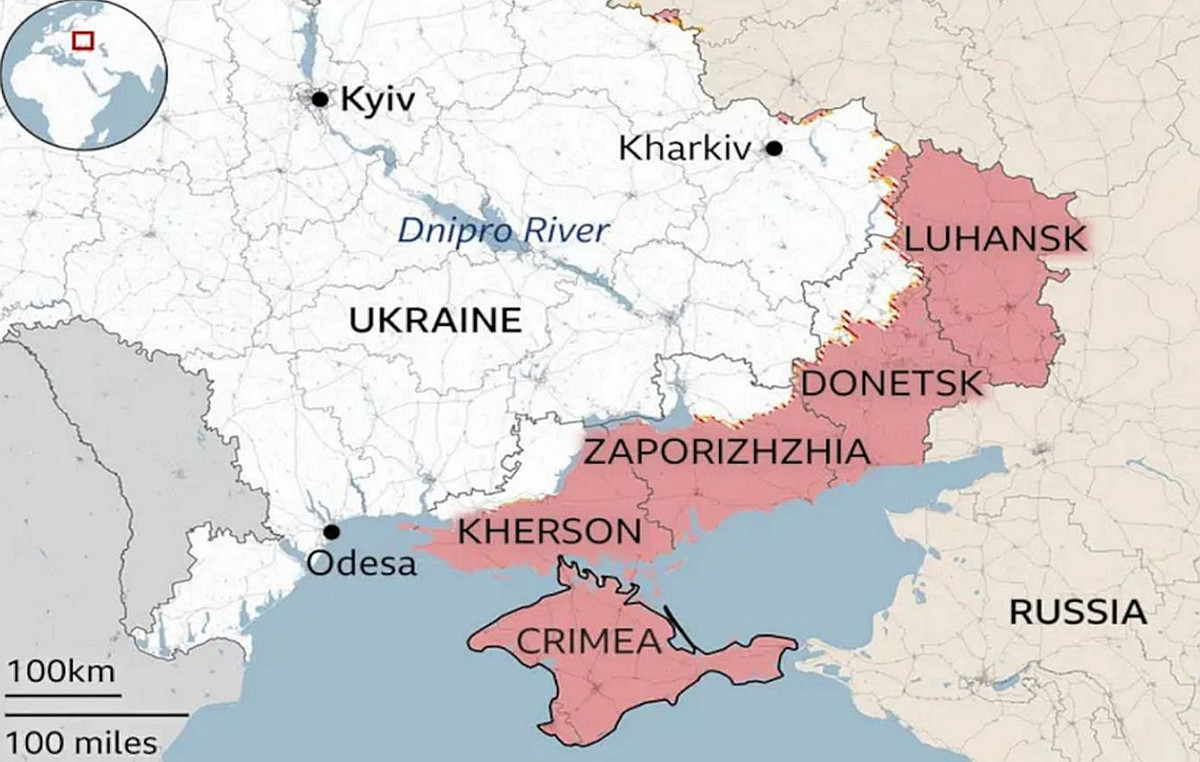A downturn in European bond markets has pushed up Italy’s borrowing costs to the point where traders are wondering how much “pain” policy makers can suffer before backing up their debt, according to Bloomberg.
Borrowing rates for Italy, one of the eurozone’s most heavily indebted countries, hit 2% last week for the first time since the 2020 pandemic market turmoil.
The prospect of reduced incentives from the European Central Bank means that BlackRock Inc. bets on its bond yields that continue to rise further.
The selloff has already boosted demand from premium investors to keep Italy’s so-called BTP debt against Germany’s debt – a key risk-measuring instrument – at around 170 basis points.
Over 200 is considered a warning sign and over 300 can appear on the headlines in Rome.
In this range, analysts speculate that the ECB may need to continue buying more bonds.
“We see that the ‘danger zone’ for BTP is spreading to around 250 basis points,” said Frederik Ducrozet, global strategic analyst at Banque Pictet & Cie SA.
“If the expansion of spreads got out of hand, then we could imagine the ECB creating a new backstop facility.”
This happened in March 2020, after the Italian spread jumped over 300 basis points in the wake of ECB President Christine Lagarde, who said she was not here to “close the spreads”.
The ECB then reversed its course and announced a new pandemic emergency procurement program. Global markets are now worried about the risk of new policy mistakes in 2022.
Saxo Bank A / S also identifies 250 basis points as a potential risk zone. For ING Groep NV strategy analysts it is lower, at around 200 basis points.
“Historical priority is the best guide to the ECB’s pain point,” said Eimear Daly, coin strategist at Barclays Plc. “We are far from these levels. However, the market would see the widening of the Italian bond margin to this extent as a test of the ECB’s determination.”
Earlier in the pandemic, the ECB was clear about maintaining financing conditions, but its focus has now shifted to easing incentives to curb high inflation.
The pandemic bond market, of which Italy was one of the main beneficiaries, is set to be completed next month.
If intervention is needed, flexible bond reinvestments could be the first line of defense. That will be enough to stabilize Italy’s spread in Germany to around 200 basis points, according to strategic analysts at BNP Paribas SA, including Sumati Semavoine-Jain.
On the positive side for Italy are the more favorable economic prospects than in the past. Borrowing costs are still low by historical standards and will not go into immediate debt service.
The economy will also benefit from more than € 200 billion in European Union Recovery Fund money.
Michael Leister, Commerzbank AG’s head of interest rate strategy, points out that, even without the ECB backstop, European solidarity is a reassuring factor for both investors and rating agencies as long as Italian policy remains calm.
This is currently the case with former ECB President Mario Draghi at the helm.
If yields continue to rise, this may also fuel the interest of foreign buyers.
Taking into account hedging costs, Japanese investors receive an Italian return of about 1.87%, compared to a hedged return of about 0.33% for 10-year bonds, according to Cosimo Marasciulo, head of absolute investment returns at Amundi SA.
“This is something that can persuade global investors to look at this market with interest,” he said.
However, for Italy, its debt remains high, over 150% of production. In a recent speech, the Governor of the Bank of Italy, Ignacio Visco, stated that it would be necessary to balance the structure of public accounts gradually and steadily to avoid tensions in the government bond market.
It is not just the difference against Germany that the ECB will monitor. According to Ioannis Sokos of Deutsche Bank AG, the pace of enlargement will also be monitored, as extreme instability could deter some investors. This is important because price-sensitive mutual funds will have to intervene to replace the ECB, which is devouring bonds at all costs.
According to Mark Dowding of BlueBay Asset Management, recent comments by ECB officials show that they are not worried because absolute returns remain low. This is an approach that says it could be called “benign neglect”.
The ECB’s speeches include Vice President Luis de Guindos and Executive Board Member Isabel Schnabel. Bank of England David Ramsden has his first speech since voting to raise interest rates by 50 basis points earlier this month, and Governor Andrew Bailey is also scheduled to speak on a few occasions.
The Eurozone, Germany and the United Kingdom PMI data for February, as well as the German Ifo data are the main items on the data agenda, while the French Consumer Price Index for February may contain indications for the announcement of the figures for euro area and Germany for inflation next week.
Sales of German and Italian bonds totaled 12.5 billion euros ($ 14.2 billion), according to Commerzbank AG. The UK is scheduled to sell female columns in March.
Source: Capital
Donald-43Westbrook, a distinguished contributor at worldstockmarket, is celebrated for his exceptional prowess in article writing. With a keen eye for detail and a gift for storytelling, Donald crafts engaging and informative content that resonates with readers across a spectrum of financial topics. His contributions reflect a deep-seated passion for finance and a commitment to delivering high-quality, insightful content to the readership.







